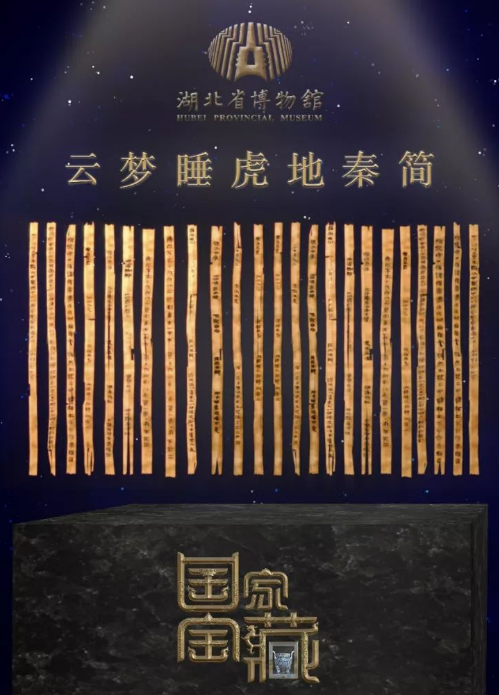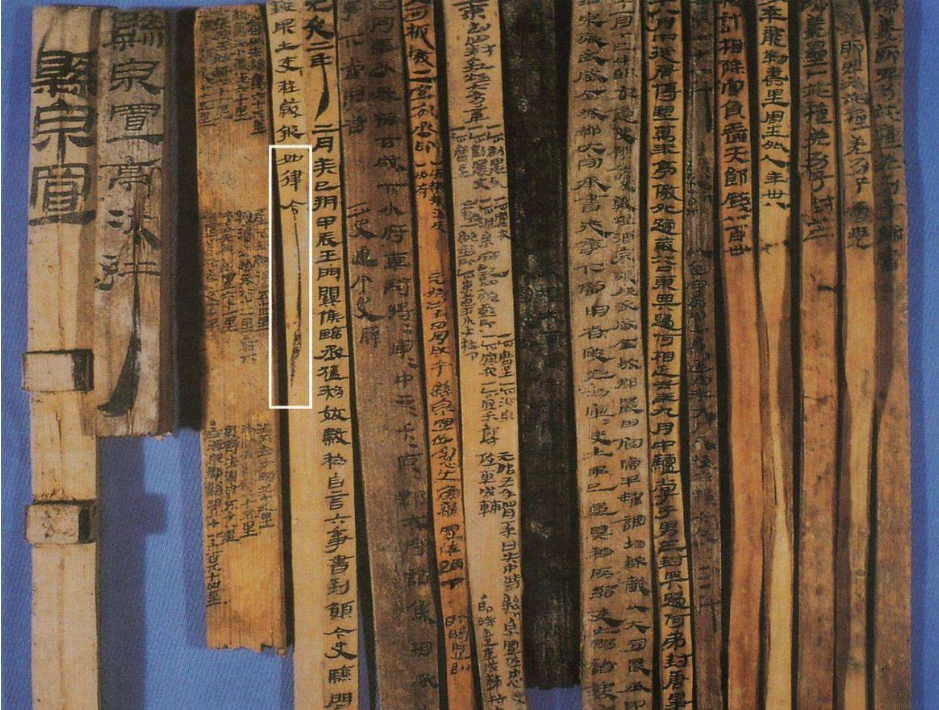| The Shuihudi Qin bamboo texts (Chinese: 睡虎地秦简
/ 睡虎地秦简; pinyin: Shuihudi Qin jian)
are early Chinese texts written on bamboo slips, and are also sometimes
called the Yunmeng Qin bamboo texts. They were excavated in December 1975
from Tomb #11 at Chengguan Shuihudi (城关睡虎地),
Yunmeng County, Hubei Province, China. The tomb belonged to a Qin
administrator. |
|
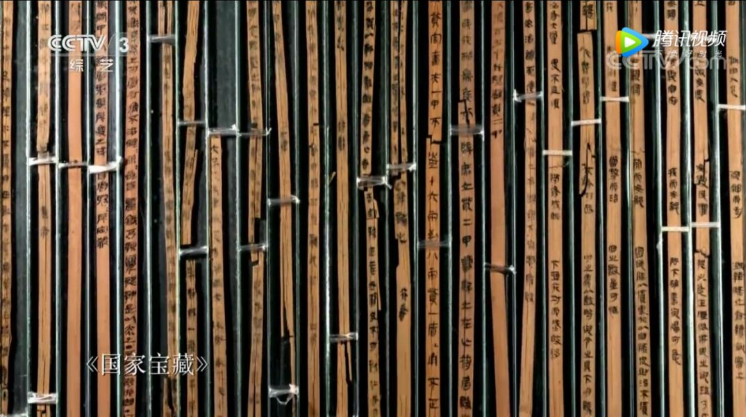
|
|
睡虎地秦墓竹简计1155枚,残片80枚,现将其分类整理为十部分内容,包括:《秦律十八种》、《效律》、《秦律杂抄》、《法律答问》、《封诊式》、《编年记》、《语书》、《为吏之道》、《日书》甲种与《日书》乙种。其中《语书》、《效律》、《封诊式》、《日书》为原书标题,其他均为后人整理拟定。竹简长23.1~27.8厘米,宽0.5~0.8厘米,内文为墨书秦隶,写于战国晚期及秦始皇时期。 |
|
Written in the Qin Dynasty, they record Qin
laws and public documents. Their contents have been published in a Chinese
book entitled 《睡虎地秦墓竹简》 (Shuihudi
Qinmu Zhujian). This cache of bamboo slips is of great importance for
research into the government, economics, culture, law, military affairs,
etc. of the late Warring States to Qin Dynasty period.
|
|
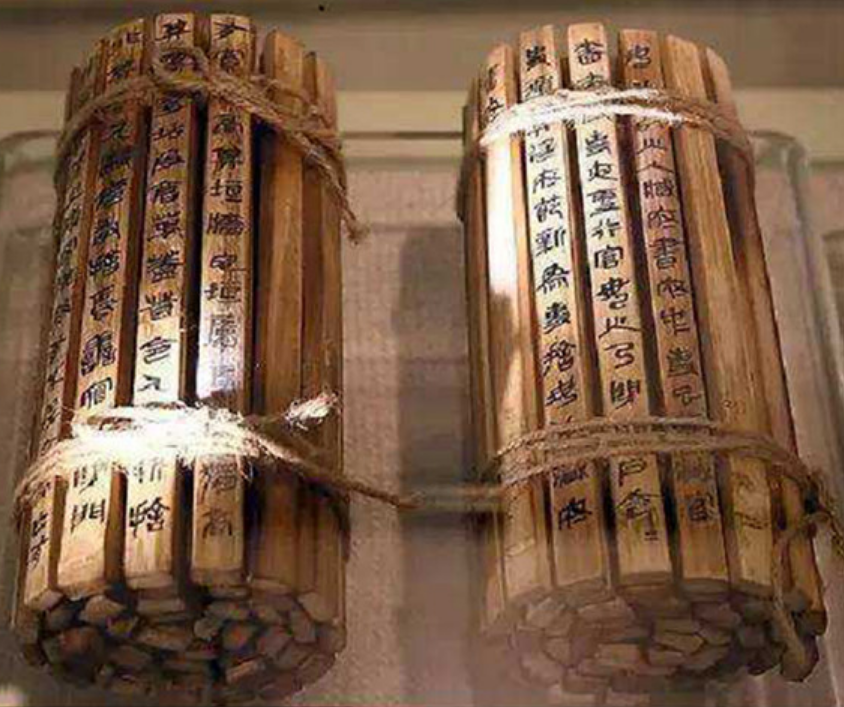
|
|
1975年,湖北省云梦县。睡虎地秦代墓葬中出土了一套竹简,共1155枚,密密麻麻地写满了“为吏之道”,都是一位名叫“喜”的秦国基层官吏在日常工作中抄录的。这些竹简长约27厘米,宽0.6厘米,厚度仅1毫米。云梦睡虎地秦简,四万多个工整的秦隶汉字,从战国七雄到秦国一统的那个历史瞬间,就被一位普通的小官吏,用最直观的方式保存下来了。云梦睡虎地秦简的出土,再次证明了中华民族曾经以优越的法文化,长期滋润过东方世界。这些写于战国晚期及秦始皇时期的竹简,不仅反映了篆书向隶书的转变,更是中国法律史上具有奠基意义的著作,为研究中国书法和秦国政治、法律、经济、文化、医学等等方面的发展历史,都提供了丰富而翔实的参考依据。
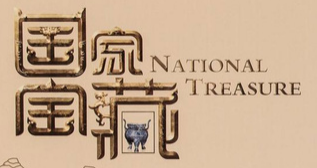
|



![]()
